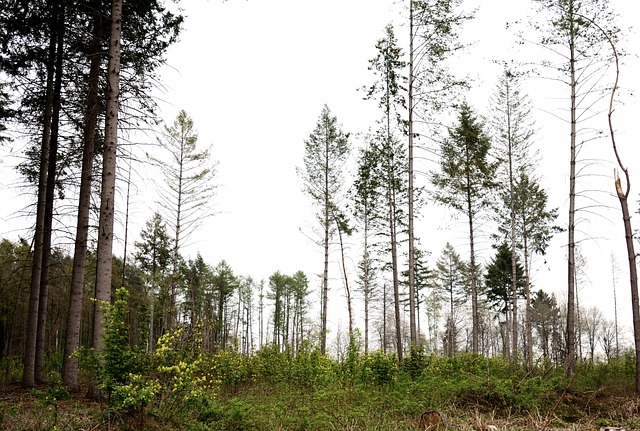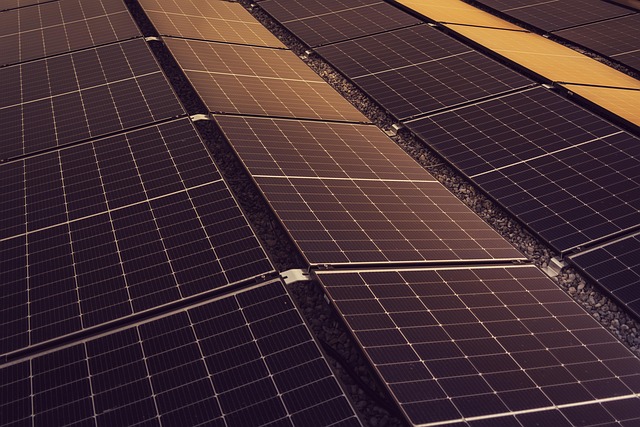Urban Afforestation: A Breath of Fresh Air for Sustainable Development
In a world increasingly dominated by concrete jungles, the concept of urban afforestation emerges as a beacon of hope for sustainable living and environmental wellness. As cities expand and populations rise, our ecological footprint grows larger, necessitating innovative solutions that enable harmony between urban development and nature. Urban afforestation stands at the intersection of innovation and environmental stewardship, promising to reshape our cities into more livable spaces.
Imagine walking down a bustling city street, where the sound of honking cars is harmonized by the rustling leaves overhead. Lush trees line the sidewalks, providing shade and a refreshing breath of fresh air. This is the vision that urban afforestation can bring to life—transforming our cities into vibrant ecosystems that foster biodiversity while also enhancing air quality. Trees act as natural air filters, absorbing pollutants and releasing oxygen. With urban populations growing ever-larger, we need to embrace innovative green technologies that help us achieve carbon neutrality and promote healthier living environments.
Urban afforestation initiatives not only combat the climatic challenges we face but also play a critical role in advancing sustainable development. By integrating green spaces into urban planning, we can significantly reduce heat island effects, enhance stormwater management, and improve residents’ quality of life. These initiatives can involve everything from planting native tree species in parks and green belts to introducing vertical gardens on building facades. Each tree planted is a step towards reducing our collective ecological footprint and fostering a sense of community and connection to nature.
The impact of urban afforestation extends beyond environmental benefits. It has social and economic advantages as well. Green spaces have been linked to improved mental health, encouraging physical activity, and creating gathering places for community interaction. Furthermore, investing in these green technologies can spur job creation in areas such as landscape architecture, horticulture, and sustainable urban planning. It’s clear that when we nurture our urban jungles, we also nurture our communities and economies.
As we look towards the future, it is essential to advocate for policies that support urban afforestation efforts. Government bodies, businesses, and citizens must collaborate to develop robust strategies that prioritize green spaces within urban settings. Initiatives like tree adoption programs, community planting days, and educational campaigns are integral in fostering a culture of environmental stewardship. Together, we can create a legacy that not only addresses climate change but also inspires future generations to continue the work of greening our cities.
In essence, urban afforestation is more than just planting trees; it’s about cultivating a sustainable future that harmonizes the needs of humanity with the natural world. Each sapling planted is a symbol of our commitment to innovation, ecological balance, and a healthier planet. Let’s sow the seeds for a greener, more sustainable future—one tree at a time.




